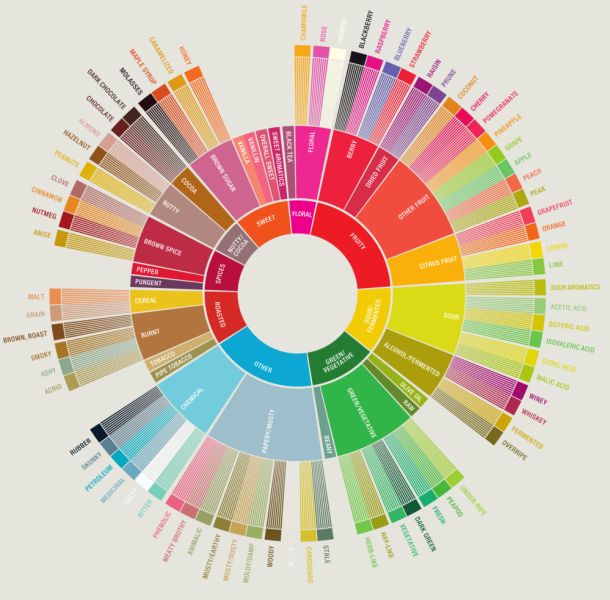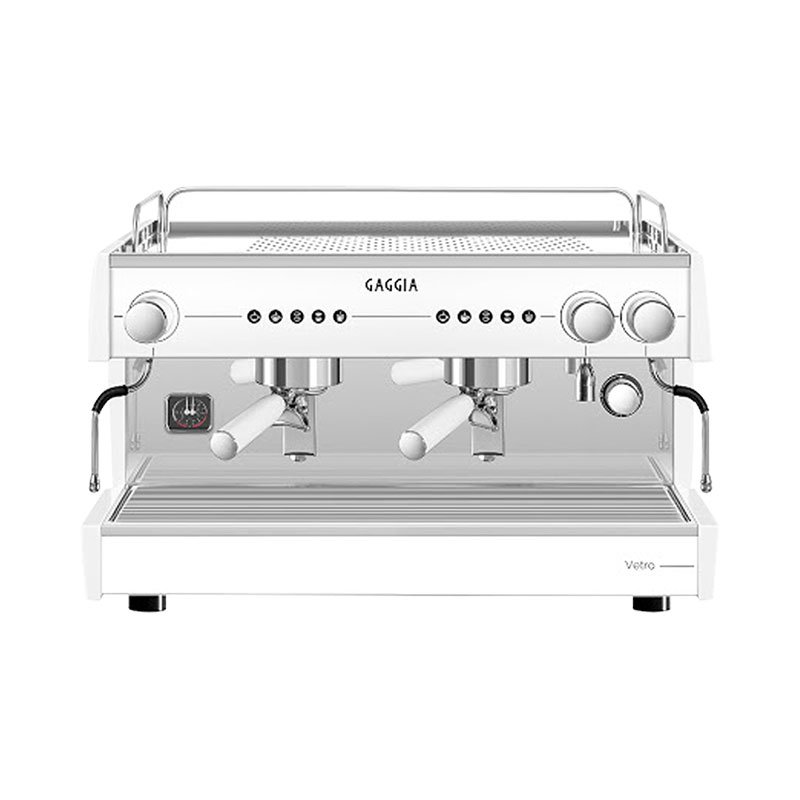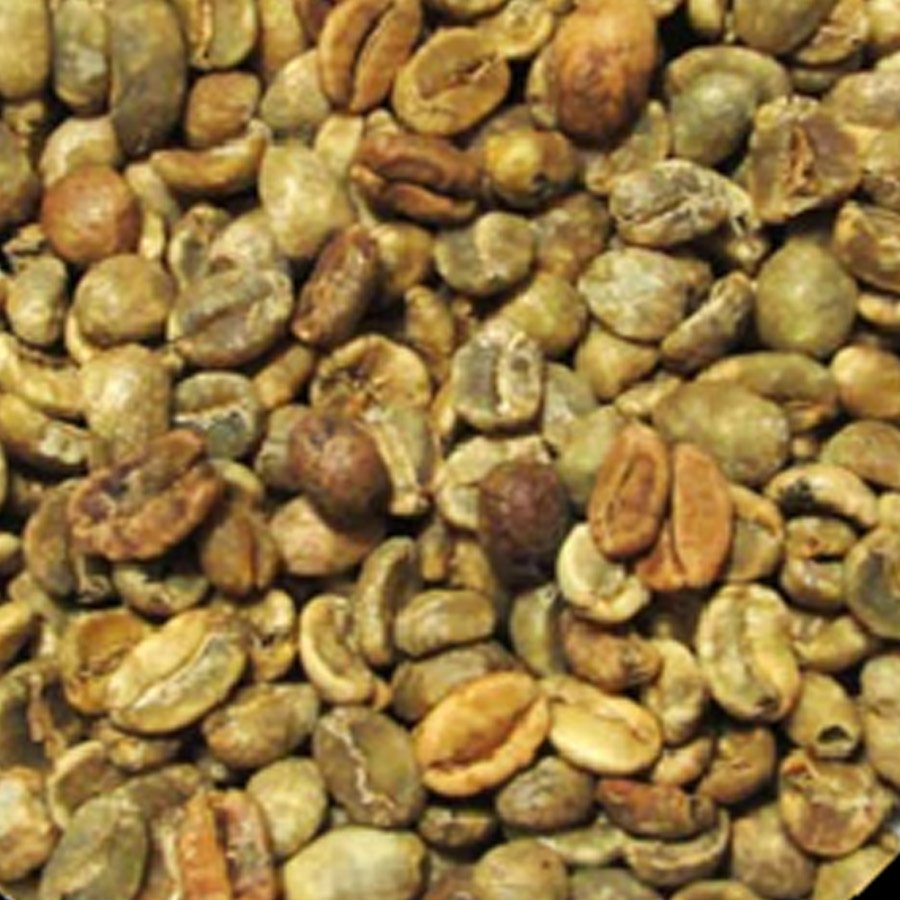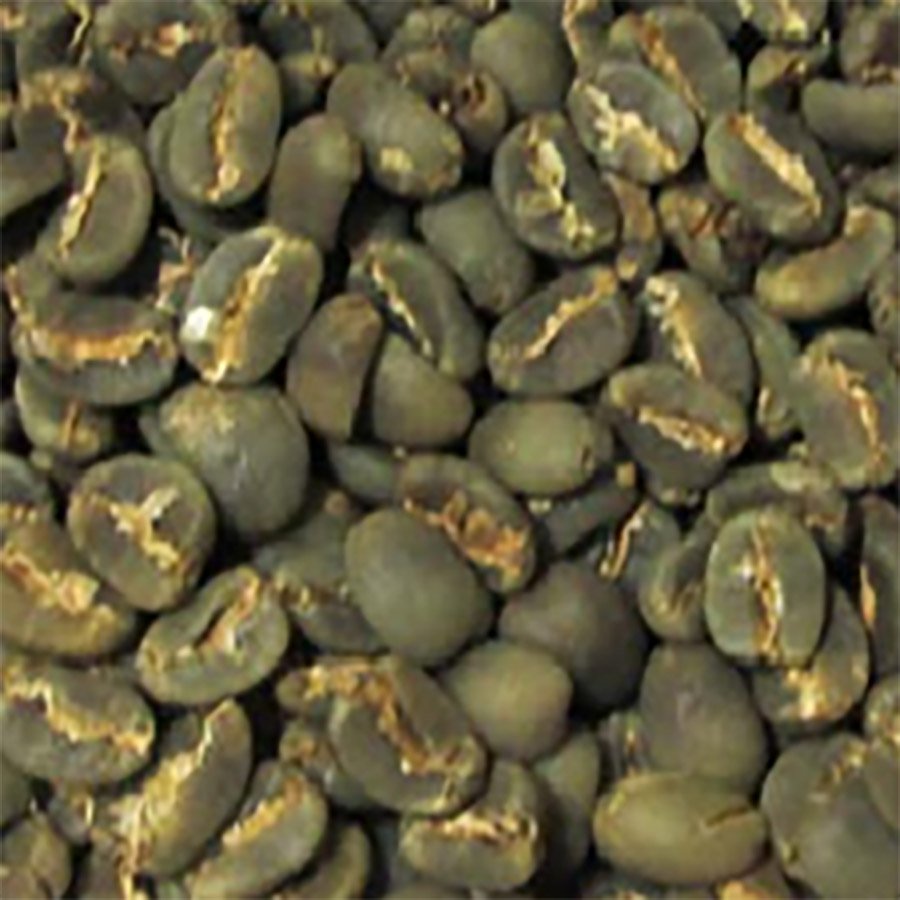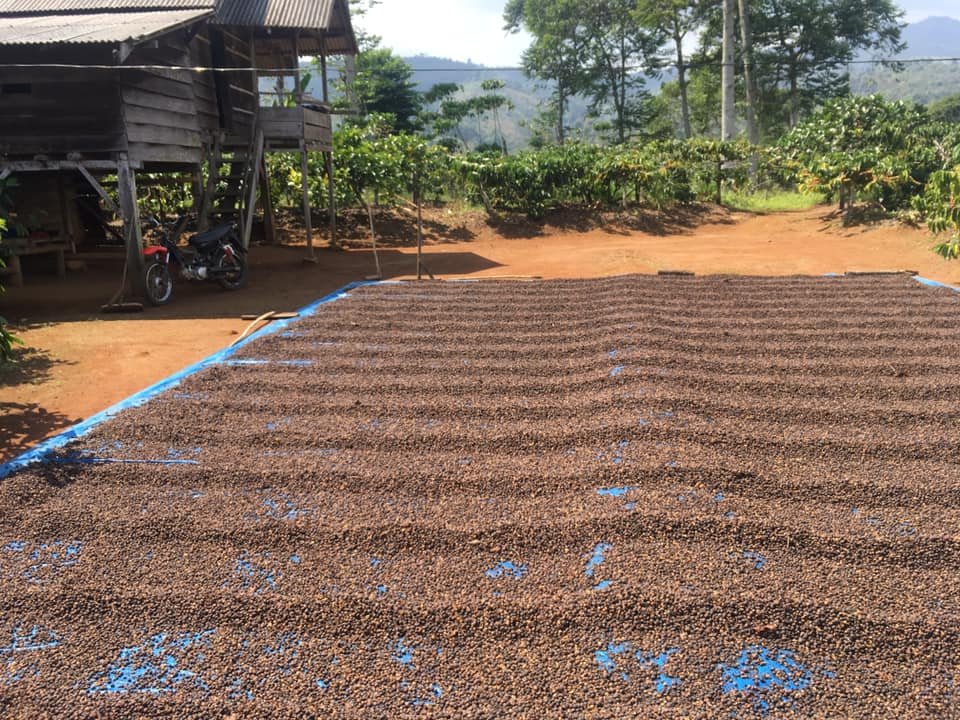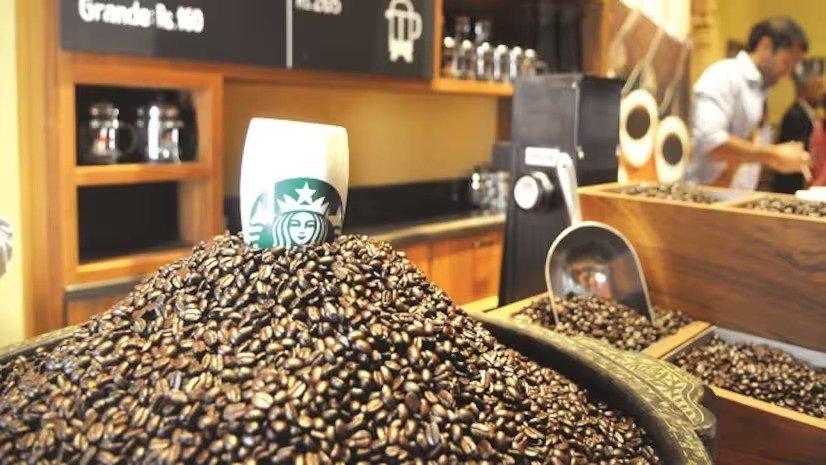Coffee is one of the most popular beverages in the world, and for good reason. It’s delicious, invigorating, and versatile. But with so many different types of coffee available, it can be difficult to know where to start.
One way to learn more about coffee and its flavors is to use a coffee flavor wheel. A coffee flavor wheel is a visual representation of the different flavors that can be found in coffee. It is divided into different sections, each of which represents a different category of flavor, such as fruity, nutty, or chocolatey.
The coffee flavor wheel was developed by the Specialty Coffee Association (SCA) in 2006. It is based on the World Coffee Research Sensory Lexicon, a standard set of attributes designed to allow trained sensory panels evaluate coffees for scientific research purposes.
The coffee flavor wheel is a valuable tool for both coffee professionals and consumers. It can help coffee professionals to communicate about coffee flavors more effectively and to develop new and innovative coffee products. Consumers can use the coffee flavor wheel to learn more about the different flavors that can be found in coffee and to develop their own palates.
How to Use the Coffee Flavor Wheel
To use the coffee flavor wheel, simply start at the center of the wheel and work your way out. The flavors in the center of the wheel are the most basic flavors, such as sweet, sour, salty, and bitter. As you move out from the center of the wheel, the flavors become more complex and specific.
To identify the flavors in a cup of coffee, take a small sip and let the coffee linger in your mouth. Pay attention to the different flavors that you taste and where they are located on your tongue. You may also notice different aromas as you drink the coffee.
Once you have identified the different flavors in your coffee, you can use the coffee flavor wheel to describe them. To do this, simply find the flavor on the wheel and note its position. For example, if you taste a chocolatey flavor in your coffee, you would say that the coffee is chocolatey.
Coffee, the beloved beverage that fuels our mornings and punctuates our afternoons, is a complex elixir of flavors and aromas. To understand and appreciate the nuances of coffee, enthusiasts and professionals alike turn to the coffee flavor wheel. This intricate guide serves as a compass, navigating through the diverse taste spectrum that coffee has to offer.
Origins of the Coffee Flavor Wheel:
The concept of a flavor wheel is not unique to coffee; it has been a staple in the world of wine and other beverages for decades. The coffee flavor wheel, as we know it today, was first introduced by the Specialty Coffee Association (SCA) in 1995. It was a collaborative effort of coffee experts and professionals who sought to create a standardized vocabulary for describing the myriad of flavors found in coffee.
Understanding the Structure:
The coffee flavor wheel is structured in a hierarchical manner, much like a family tree. At its core are broad categories that branch out into more specific descriptors. The wheel typically consists of three main levels: at the center, there are general taste categories, such as fruity or nutty; moving outward, these categories become more refined, offering detailed descriptors like blueberry or almond.
Primary Categories:
- Sweetness:
- At the heart of the wheel, sweetness is a fundamental characteristic of coffee.
- Subcategories range from sugary and syrupy to fruity sweetness.
- Acidity:
- Not to be confused with sourness, acidity in coffee is a bright, tangy quality.
- Varieties include citrusy, fruity, and wine-like acidity.
- Body:
- Describes the weight and thickness of the coffee on the palate.
- Ranges from light and tea-like to full-bodied and creamy.
- Bitterness:
- The opposite of sweetness, bitterness is a crucial element in the balance of flavors.
- Subcategories include bittersweet chocolate and roasted bitterness.
Exploring the Outer Layers:
As we move towards the outer edges of the wheel, the descriptors become more specific, allowing us to pinpoint the exact flavors we may encounter in a cup of coffee.
- Fruity:
- Under this category, you might find notes of berries, citrus, or tropical fruits.
- Delve deeper, and you may identify specific fruits like blueberries or lemons.
- Nutty:
- From almonds to hazelnuts, this category captures the rich, earthy tones found in certain coffees.
- Spicy:
- Coffee can exhibit a wide range of spices, from cinnamon and cloves to cardamom and black pepper.
- Herbaceous:
- Think of the fresh, herbal qualities that can be present, such as mint or basil.
- Roasty:
- As coffee beans are roasted, they develop flavors ranging from toasty and nutty to dark and smoky.
Application in the Coffee Industry:
The coffee flavor wheel is not merely a tool for enthusiasts to impress their friends with sophisticated tasting notes. It plays a crucial role in the coffee industry, guiding coffee producers, roasters, and baristas in maintaining quality and consistency. It fosters a shared language among coffee professionals, ensuring that the unique qualities of each coffee bean are preserved and appreciated.
Conclusion:
The coffee flavor wheel is a testament to the artistry and science behind the world’s favorite beverage. It invites us to embark on a sensory journey, exploring the diverse and enchanting flavors that coffee has to offer. Whether you are a casual coffee drinker or a seasoned barista, the flavor wheel is a valuable companion, enriching our coffee experience and deepening our appreciation for the intricate symphony of tastes and aromas found in every cup.

